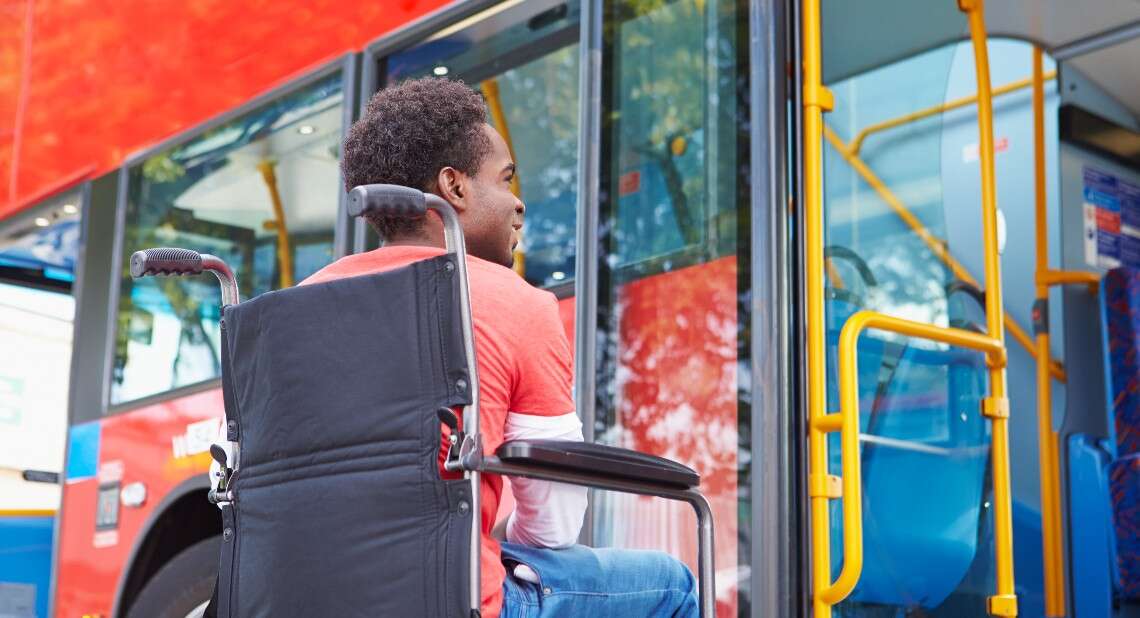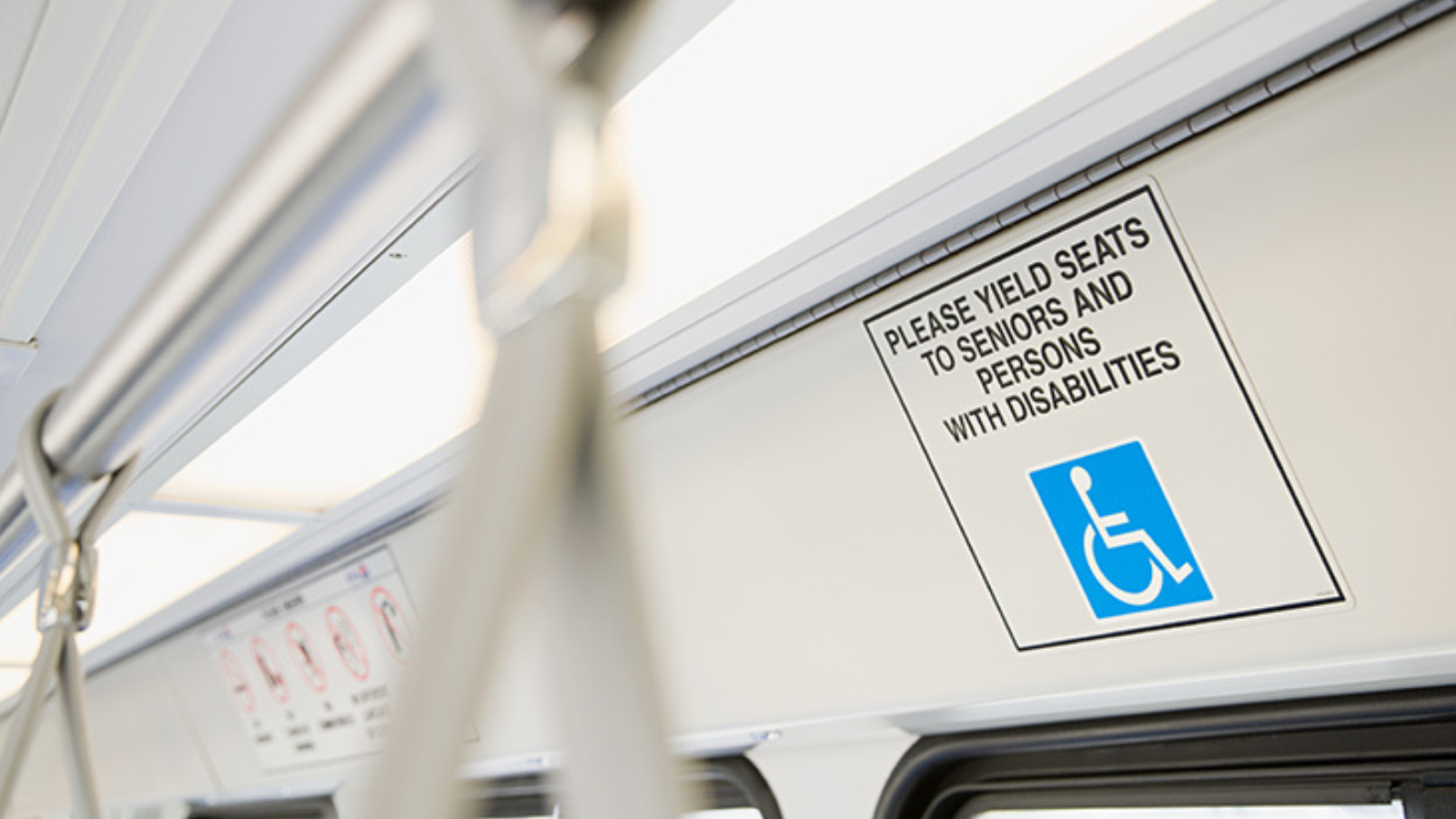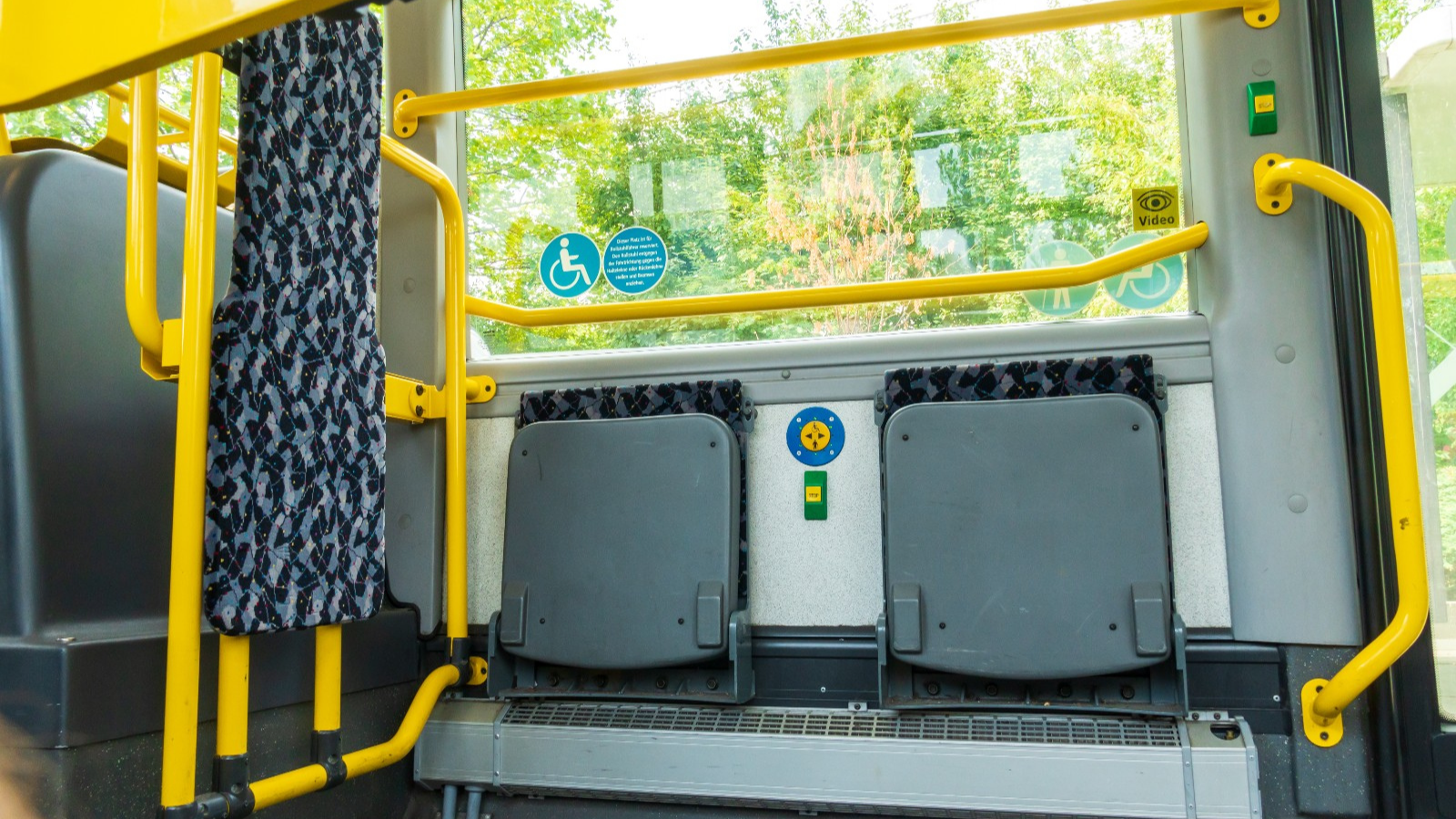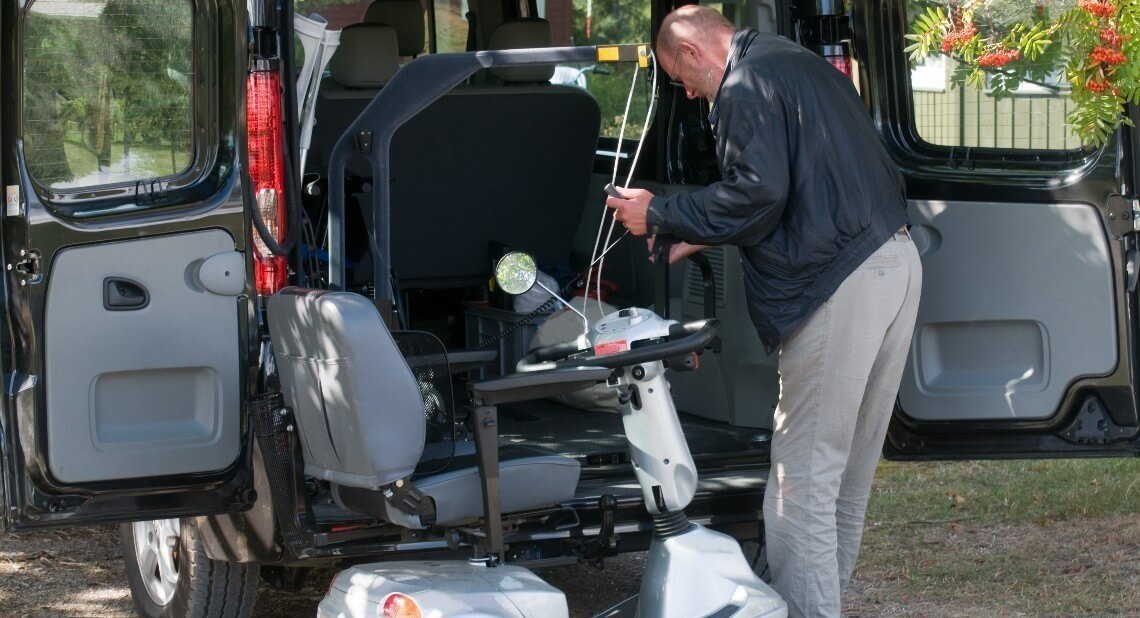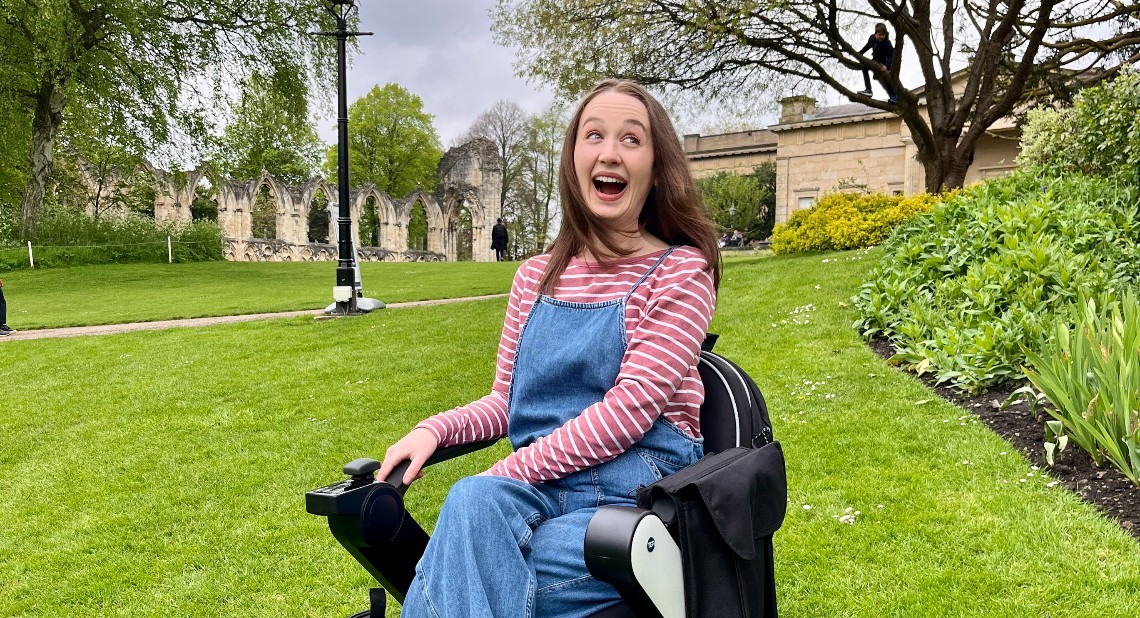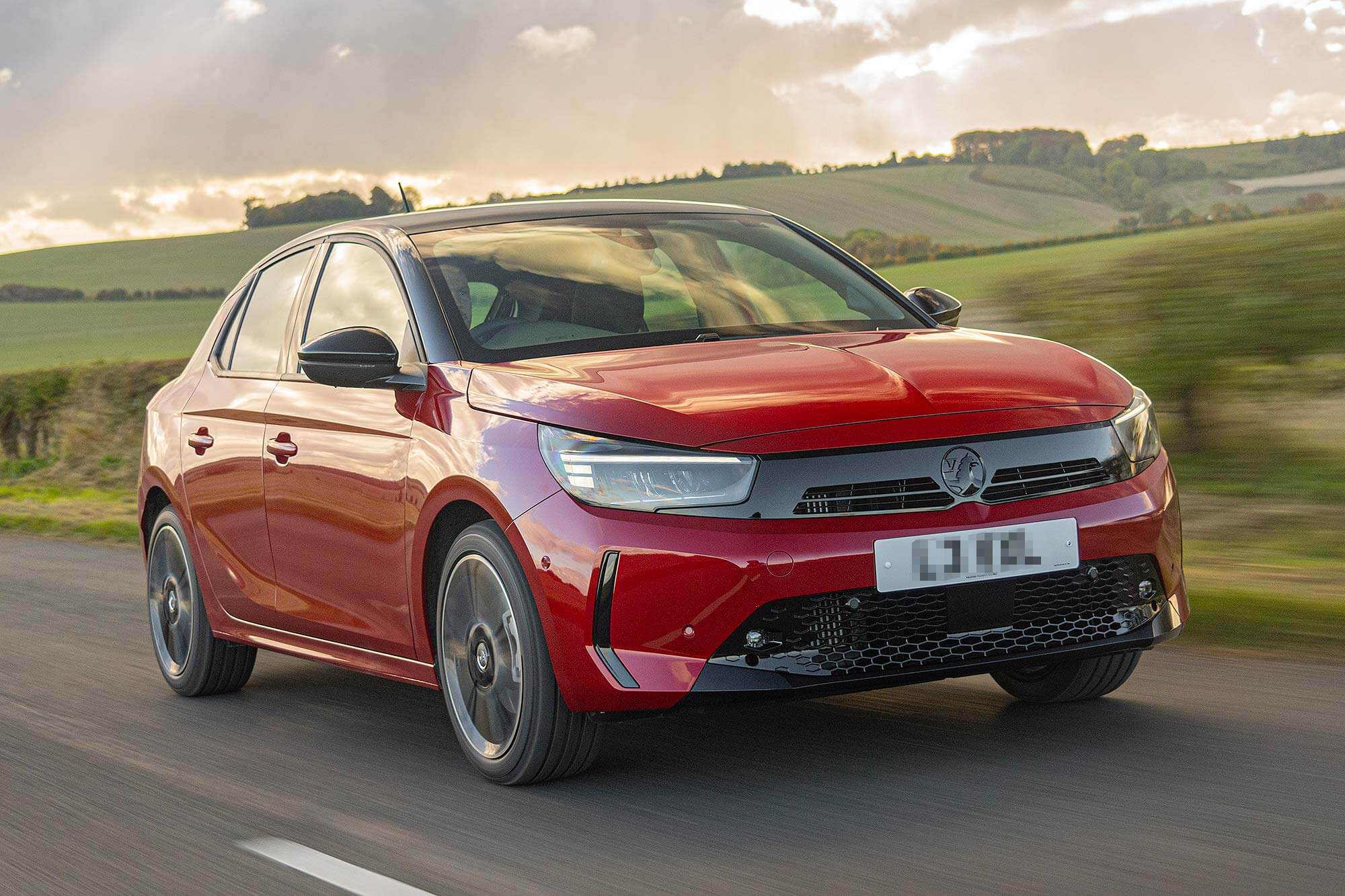With the days getting longer, you may be starting to get out and about a bit more. If you cannot use a car to travel with your mobility aid, you probably use public transport, like trains or buses. We’ve put together some helpful tips for using public transport with your powered wheelchair or scooter to make sure you have a smooth journey.
Whether you rely on public transport as your main way of travelling or use it occasionally, feeling confident while using it with your powered wheelchair or mobility scooter is essential.
Planning and prepping for your journeys are key to having a relaxed journey. You should check the services you want to use in advance and on the day you are looking to go. That way, you can make sure there is an accessible service available. You can find this information on transport companies’ websites or call them for support.
It’s also helpful to do some basic checks of your electric wheelchair or scooter before you leave the house. This could include checking the batteries are fully charged if you have them, or making sure the tyres are pumped.
With the Motability Scheme, certain concerns are taken care of for you. As part of your worry-free lease package, you’re covered in case of accidents or breakdowns, giving you peace of mind as you travel around.
Travelling by train
All trains in the UK have priority areas and seats for disabled passengers. The National Rail website has lots of information available, including a list of contact numbers of the train companies in the UK. With this, you can phone them and book any assistance you might need at the train stations you’ll be using and on the train itself. This assistance can include help with carrying luggage and providing ramps on and off trains.
This assistance is still available if you turn up without booking in advance, but you will need to find a member of staff or use a help point located at the station. This may take a little longer, so it’s recommended to plan this before you set off for your journey.
Most trains will fit a standard powered wheelchair or mobility scooter, but there are some older models that might not. It’s worth double-checking this before your journey.
People who use a wheelchair or mobility scooter in London, Glasgow and Newcastle might have to use the Underground. Access in London is improving, but many stations still do not have step-free access or lift services. Using the TFL website, you can plan your journey and check ahead of travelling to find the best route.
Cost-saving tip: You can save money on train tickets by applying for a disabled persons railcard. This gets you one-third off rail fares for you and someone else you are travelling with.
Travelling by bus
There have been many changes to improve the accessibility of buses over the years. Buses have assigned spaces for people who use wheelchairs and ramps to help you get on and off easily. The bus driver or conductor can also help if you need it. But if the wheelchair space is taken, your wheelchair is too big or heavy, or it’s not safe, then you will not be able to use the bus. You can find out more on the UK Government website.
It’s important to know if your scooter can go on a bus. There are two types of scooters: Class 2 and Class 3. Class 2 scooters (which are lighter) can go on buses, but Class 3 scooters cannot. You also need to check if your scooter is the right size.
There are special permits for people with mobility scooters to use on public buses. You should contact the bus company to see if they accept these permits. When you get on the bus, you should park your electric mobility scooter in the wheelchair space and turn it off. You can learn more about using your scooter on buses by visiting the First Bus website.
Cost-saving tip: You can apply for a disabled person’s bus pass through the UK Government’s website to save you money on your bus travel.
Travelling by coach
Travelling by coach is similar to travelling by bus. Companies like National Express have an accessible service where you can book your assisted travel in advance. You can also turn up on the day, but this may take a little longer, so it’s recommended to either call or email them in advance.
If you need to use the wheelchair lift, you will need to do some checks to make sure your wheelchair is suitable for the coach. They also have a list of accessible stops in popular areas where the wheelchair lift can be used.
Cost-saving tip: You can buy a Disabled Coachcard through the National Express website to save you money on your coach travel with National Express coaches.
Travelling by taxi
In many UK cities, licensed taxis must be wheelchair accessible. If you’re not sure about your local area or the area you will be travelling to, you can contact the local council to ask about accessible taxi services. There are also specialist disabled taxi companies around the UK that you can book in advance of your travels.
Top tip: You can use Euan’s Guide to research different types of public transport and read other people’s reviews to help you with your planning.
Keeping your scooter or wheelchair safe
If you need to leave your powered wheelchair or scooter alone while you’re travelling, it’s important to keep it safe and secure against theft or damage. You can lock it securely to fixtures such as railings or gates, and you can contact your Scheme dealer for more information on locks.
How the Motability Scheme can help
If you do not lease your mobility aid through the Motability Scheme, then you can explore leasing a car. You will be able to choose a car that will allow you to travel with your powered wheelchair or scooter. There are a range of adaptations available on the Scheme, including boot hoists and rooftop storage units.
Through the Motability Scheme, you can exchange your qualifying mobility allowance to lease a car, Wheelchair Accessible Vehicle (WAV), powered wheelchair or scooter. Insurance, maintenance and full breakdown cover are already included as part of your worry-free lease package.
To find out more about the Scheme, you can order a free information pack with details and a list of featured scooters and powered wheelchairs that you could lease.
Related articles:
Guide to getting your powered wheelchair or scooter into a car
Exploring nature in a powered wheelchair
Maintenance tips for your powered wheelchair or scooter
![]()
